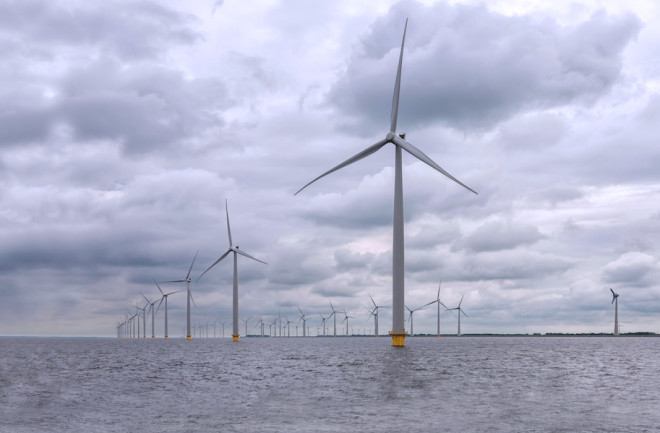This story was originally published in our May/June 2022 issue as "Catching Wind." Click here to subscribe to read more stories like this one.
Capturing offshore wind in the U.S. has long been an uphill battle, with various stumbling blocks in the terrain. Objections from fisheries, skepticism from conservationists and tenuous support from tourism have all stalled development in the past decade. That is, until May of 2021, when the U.S. Department of the Interior approved construction of a sprawling wind facility several miles off the coast of Martha’s Vineyard, Massachusetts.
The project marks the first large-scale offshore wind undertaking in the U.S., and includes 62 turbines that will power more than 400,000 homes and businesses. But it almost didn’t happen. Under the Trump administration, the project’s approval halted, while broader national momentum behind alternative energy solutions slowed. The country’s only other offshore wind facility, with just five turbines spinning off the coast of Rhode Island since 2016, looked like it would not have any company for years. That site, Block Island Wind Farm, produces 30 megawatts, or enough energy to power up to 17,000 homes. After President Joe Biden took office, however, he promised a 1,000-fold increase in offshore wind energy production in the U.S. by 2030. Approving the ambitious Vineyard Wind project marks the first big step.
Construction began in November, with expectations that the 800-megawatt Vineyard Wind farm will be producing electricity by 2023. And this past February, the U.S. hosted an auction for six wind leases off the coast of New York and New Jersey. The opportunity attracted more than a dozen bidders and the plots finally went for more than $4.3 billion, signaling exceptional appetite for U.S. offshore wind.







